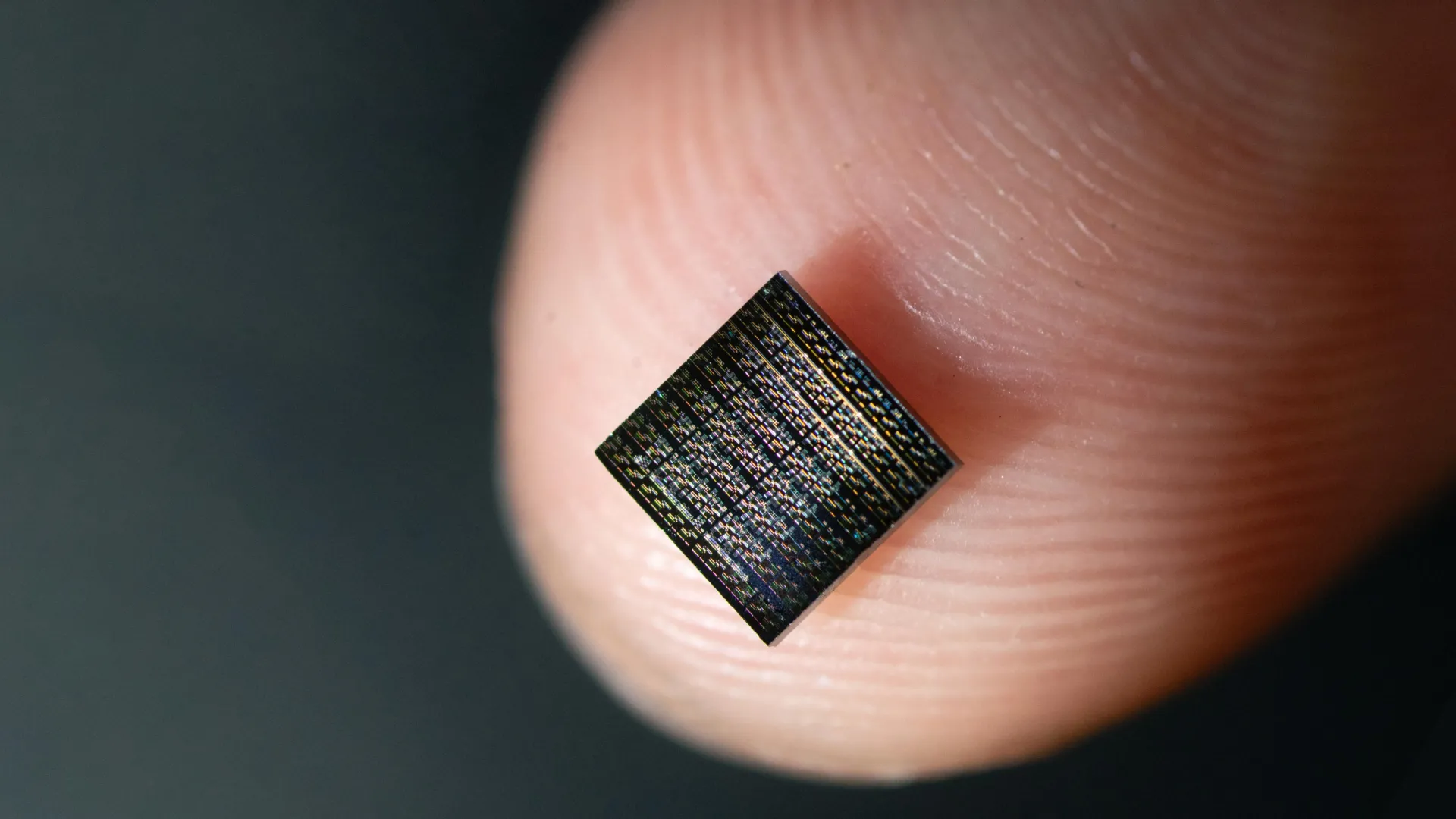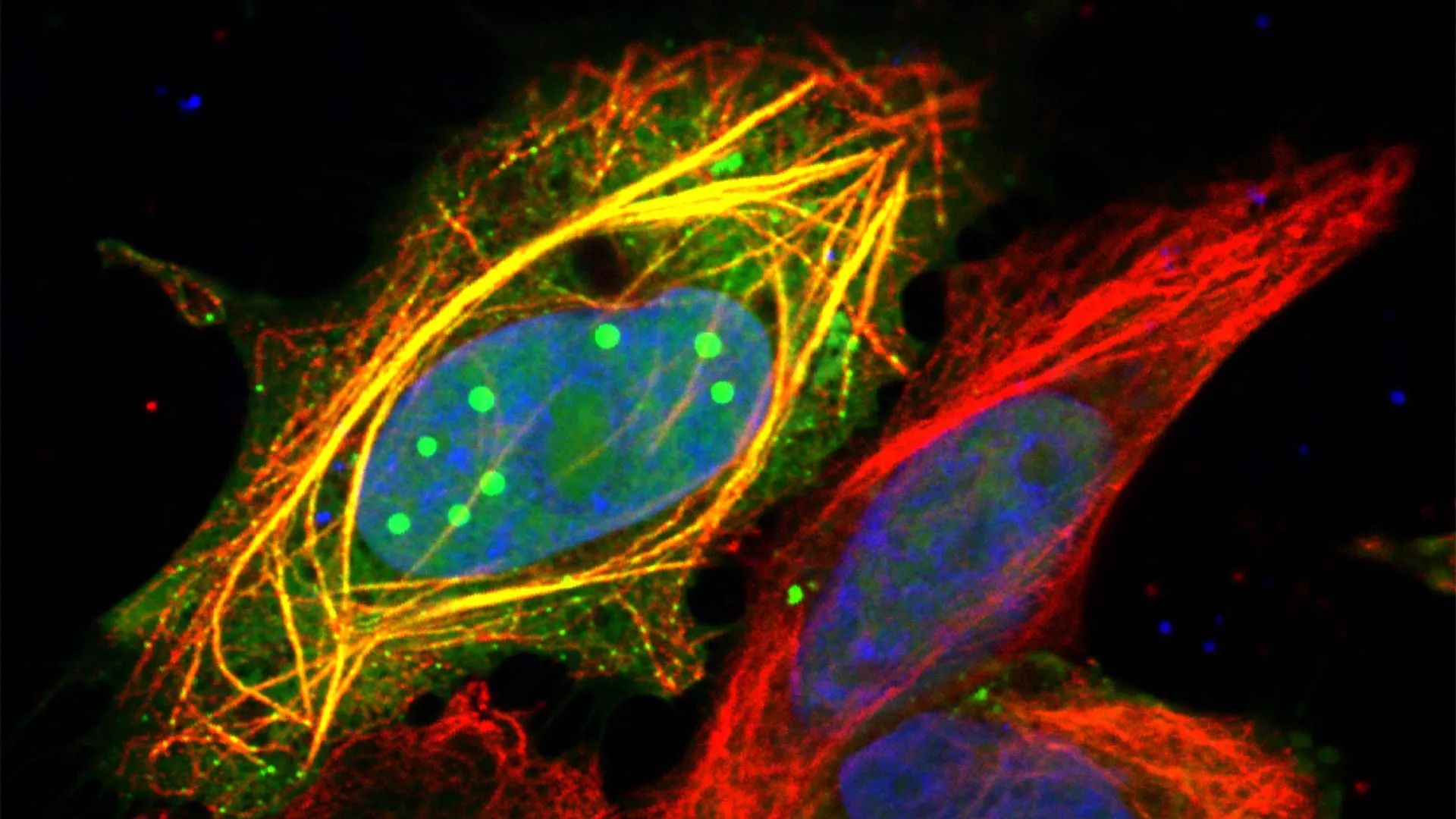PROTECT YOUR DNA WITH QUANTUM TECHNOLOGY
Orgo-Life the new way to the future Advertising by AdpathwayEngineers at the University of Delaware have uncovered a new way to connect magnetic and electric forces in computing, a finding that could pave the way for computers that run dramatically faster while consuming far less energy.
Tiny Magnetic Waves Generate Electric Signals
In a study published in Proceedings of the National Academy of Sciences, researchers from the university's Center for Hybrid, Active and Responsive Materials (CHARM), a National Science Foundation-funded Materials Research Science and Engineering Center, report that magnons -- tiny magnetic waves that move through solid materials -- are capable of generating measurable electric signals.
This discovery suggests that future computer chips could merge magnetic and electric systems directly, removing the need for the constant energy exchange that limits the performance of today's devices.
How Magnons Transmit Information
Traditional electronics rely on the flow of charged electrons, which lose energy as heat when moving through circuits. In contrast, magnons carry information through the synchronized "spin" of electrons, creating wave-like patterns across a material. According to theoretical models developed by the UD team, when these magnetic waves travel through antiferromagnetic materials, they can induce electric polarization, effectively creating a measurable voltage.
Toward Ultrafast, Energy-Efficient Computing
Antiferromagnetic magnons can move at terahertz frequencies -- around a thousand times faster than magnetic waves in conventional materials. This exceptional speed points to a promising path for ultrafast, low-power computing. The researchers are now working to verify their theoretical predictions through experiments and to investigate how magnons interact with light, which could lead to even more efficient ways of controlling them.
Advancing Quantum Material Research
This work contributes to CHARM's larger goal of developing hybrid quantum materials for cutting-edge technologies. The center's researchers study how different types of materials -- such as magnetic, electronic, and quantum systems -- can be combined and controlled to create next-generation technologies. CHARM's goal is to design smart materials that respond to their environments and enable breakthroughs in computing, energy, and communication.
The study's co-authors are Federico Garcia-Gaitan, Yafei Ren, M. Benjamin Jungfleisch, John Q. Xiao, Branislav K. Nikolić, Joshua Zide, and Garnett W. Bryant (NIST/University of Maryland). Funding was provided by the National Science Foundation under award DMR-2011824


 15 hours ago
2
15 hours ago
2


















.jpg)






 English (US) ·
English (US) ·  French (CA) ·
French (CA) ·